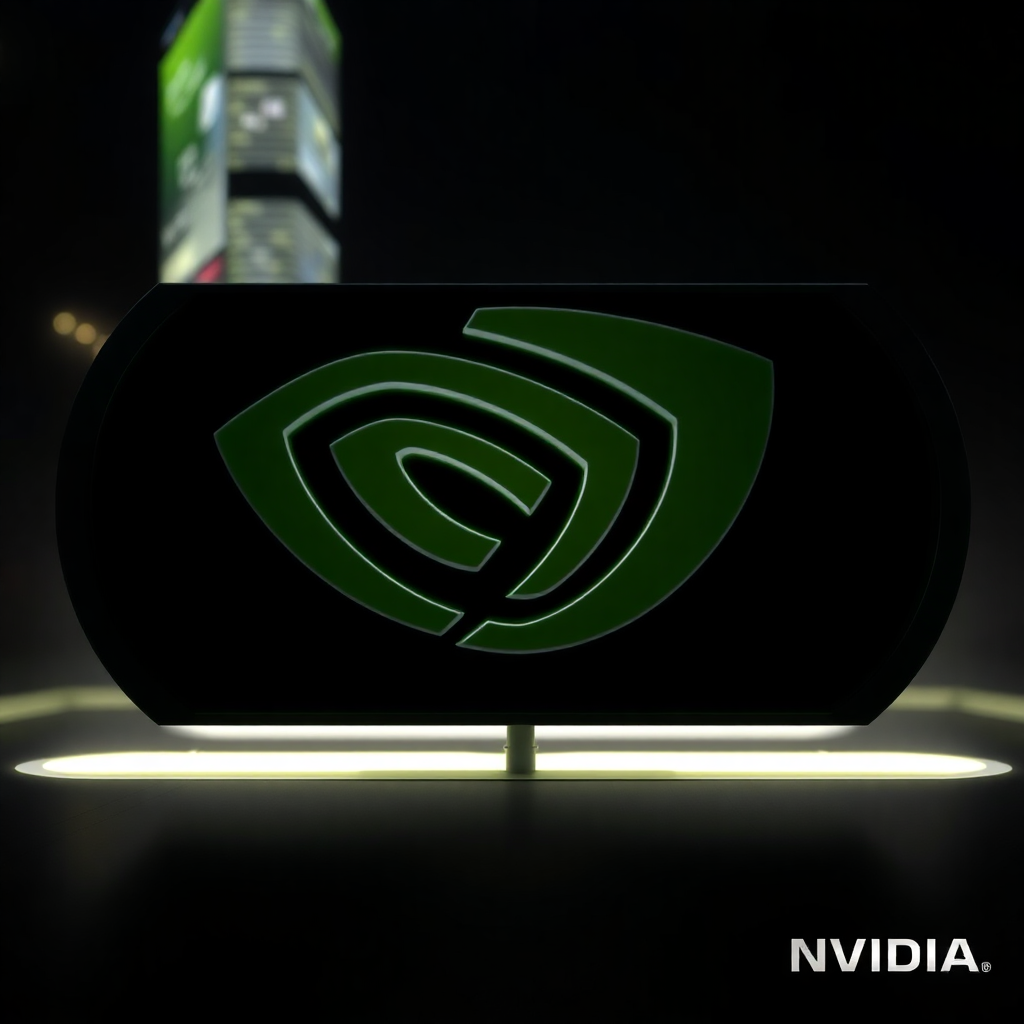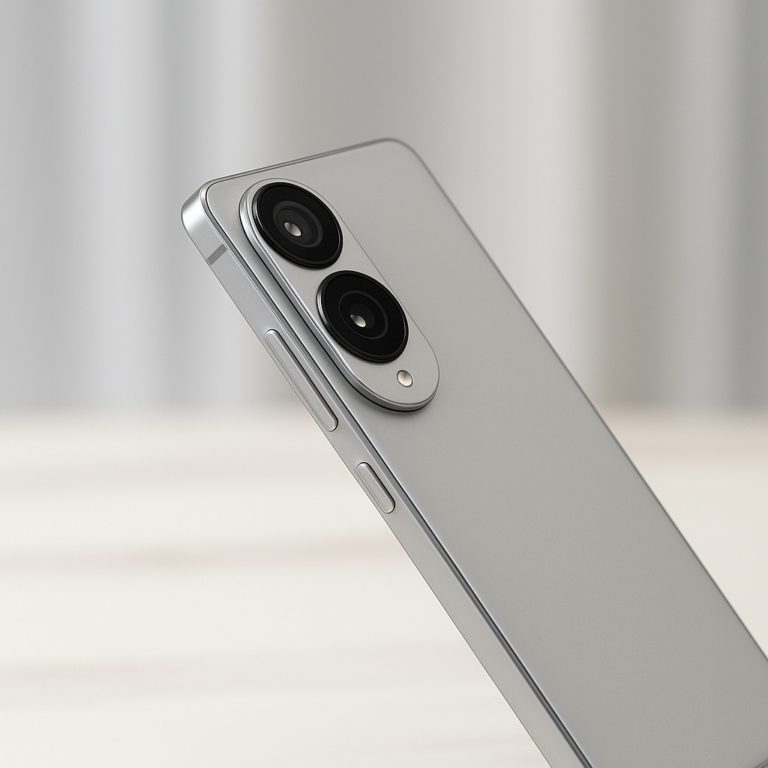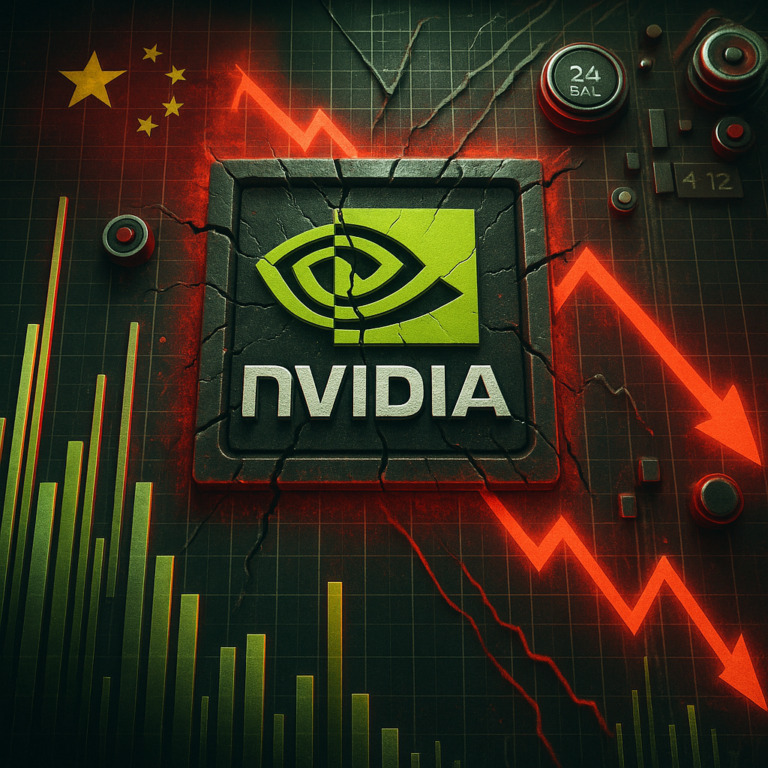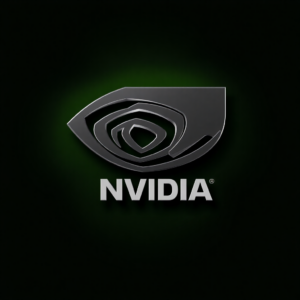The GPU Technology Conference (GTC), hosted by Nvidia, has established itself as the most anticipated event in the world of AI, machine learning, and computing technology. Often referred to as the “Super Bowl of AI,” this conference is more than just a showcase for cutting-edge hardware; it’s a platform where the latest advancements in artificial intelligence take the spotlight. Nvidia, a leader in GPU technology, is at the forefront of AI innovation. With its groundbreaking hardware and software solutions, the company has dramatically impacted industries ranging from healthcare to autonomous vehicles to entertainment.
For tech enthusiasts and professionals in the field, GTC is the annual destination to see Nvidia’s latest breakthroughs in action. In 2025, the stakes are even higher, with AI increasingly becoming an integral part of daily life and business. Nvidia is poised to continue its leadership role in AI as it hosts its flagship conference, drawing attention to how AI is transforming every aspect of the global economy.
But what makes GTC so significant? Why is it dubbed the “Super Bowl of AI”? Let’s delve into Nvidia’s innovations and examine why this event is so important for the tech world and beyond. In this article, we will explore the history and evolution of GTC, what we can expect from the 2025 event, and the implications Nvidia’s innovations will have on the AI landscape.
What Is Nvidia’s GTC? A Brief History
The GPU Technology Conference (GTC) began in 2009 as a small event aimed at showcasing Nvidia’s graphics processing units (GPUs) and their potential beyond graphics rendering. At the time, GPUs were primarily used for video games and graphics-intensive applications. However, Nvidia had a bold vision — using GPUs for general-purpose computing. This led to the development of technologies like CUDA, Nvidia’s parallel computing platform, which revolutionized how scientific and engineering problems were solved.
The first few editions of GTC were relatively niche, focusing primarily on computational scientists and developers who were exploring the use of GPUs for scientific and mathematical modeling. However, as Nvidia’s GPUs began to gain traction in the world of deep learning and machine learning, the event evolved into something much larger. By 2015, GTC had expanded to include talks and workshops on the growing intersection of artificial intelligence and supercomputing.
With the introduction of Nvidia’s Tesla GPUs and Tesla P100, the company quickly became a dominant player in the AI field. Researchers and developers using machine learning algorithms needed the massive computational power that Nvidia’s GPUs provided. GTC became an essential gathering for AI researchers to discuss the latest findings, exchange ideas, and, most importantly, get their hands on Nvidia’s cutting-edge hardware to test and develop their models.
By the time of GTC 2018 and beyond, the event had become a major fixture in the global tech calendar. Industry giants like Google, Microsoft, and Amazon were already heavily invested in Nvidia’s GPUs to power their AI models and data centers. As a result, GTC transitioned from a hardware-focused event to a more inclusive conference that covered AI development, industry applications, and future trends. It became a melting pot for those interested in how AI could revolutionize industries such as healthcare, transportation, and entertainment.
Today, GTC serves as a global meeting place for developers, researchers, companies, and AI enthusiasts. Nvidia continues to unveil game-changing hardware, software, and partnerships, making the event a must-attend for anyone working in or interested in the AI space.
The 2025 GTC: What’s New?
As the 2025 edition of GTC draws closer, there are already high expectations for what Nvidia will unveil at the event. In line with their tradition, Nvidia is expected to make several significant announcements that will have profound effects on the AI industry.
1. Next-Generation GPUs and AI Hardware
A primary highlight of every GTC event is the unveiling of new hardware, and 2025 will likely be no different. Nvidia is expected to introduce their next-generation Blackwell GPUs, designed to deliver unprecedented performance in AI-driven applications. These new GPUs are expected to provide major improvements in data processing and machine learning model training, a necessity as AI workloads grow more complex.
The Blackwell architecture is rumored to offer better power efficiency and advanced capabilities in AI tasks like deep learning, reinforcement learning, and neural network training. These GPUs will likely be used in cutting-edge research and applications across industries like autonomous driving, healthcare, and financial services.
Nvidia’s new AI hardware is expected to cater to the growing demand for more computational power as industries race to deploy more sophisticated AI models. With Blackwell, Nvidia could revolutionize the field of AI computing by providing a cost-effective yet highly efficient solution for training and running AI models in real-time.
2. Major Software Updates
Nvidia is known for its suite of software tools that help developers optimize AI models, and at GTC 2025, we can expect significant updates to these tools. CUDA, the framework that Nvidia developed for parallel computing, is the backbone of many AI applications today. Nvidia will likely introduce new versions of CUDA to improve processing power and speed, making it easier for researchers to develop complex models faster than ever before.
Other important software updates expected at GTC 2025 include cuDNN, a library for deep learning, and TensorRT, which accelerates inference in AI models. These software packages are crucial for developers and AI researchers who need to optimize their applications for performance.
Nvidia may also release new features for Omniverse, their collaborative platform for 3D simulations. Omniverse enables real-time collaboration on AI-driven virtual projects, and updates to the platform could have huge implications for industries like architecture, automotive design, and game development.
3. Keynote Addresses and Industry Leaders
GTC keynotes have become legendary for offering insightful discussions and revealing Nvidia’s strategic direction. Jensen Huang, Nvidia’s CEO, is expected to deliver a keynote that will explore the company’s vision for the future of AI and how Nvidia is driving this future through both hardware and software innovations.
Huang’s visionary leadership and ability to predict the trajectory of AI have made him a key figure at these events. During his keynote, he will likely discuss the increasing demand for AI-powered solutions across various industries and the role Nvidia plays in meeting this demand. Expect Huang to touch on topics such as AI ethics, autonomous systems, and sustainability — all while providing insights into Nvidia’s roadmap for the next five years.
At GTC 2025, Nvidia will also showcase the contributions of key partners in the tech ecosystem. Expect announcements about collaborations with top-tier companies like Google, Amazon, Microsoft, and Apple, which will highlight how AI solutions are shaping the future of industries like healthcare, education, and finance.
4. AI in Autonomous Systems
One of Nvidia’s flagship areas of focus has been autonomous systems, such as self-driving cars and robots. At GTC 2025, Nvidia is expected to showcase the latest developments in autonomous vehicle technology powered by AI. With its Drive PX platform, Nvidia has made significant strides in AI-driven autonomy. The platform’s ability to process real-time sensor data from vehicles enables them to operate autonomously in various environments, which is crucial for the widespread adoption of self-driving cars.
In addition to self-driving cars, Nvidia is likely to demonstrate its work on autonomous drones and robotics. With the rise of automated delivery systems and AI-driven manufacturing, Nvidia’s hardware and software will play a central role in shaping the next generation of autonomous systems.
The Impact of Nvidia’s Announcements on the AI Industry
The announcements made at GTC reverberate throughout the AI ecosystem, impacting both researchers and businesses. Nvidia’s technological advancements often become the benchmark for innovation in the AI space, influencing the trajectory of various industries.
1. Driving AI Research and Development
Nvidia’s GPUs and CUDA platform provide the computational backbone for some of the most ambitious AI research efforts. These technologies enable scientists to develop sophisticated models for tasks like speech recognition, image analysis, and predictive analytics. Nvidia’s latest GPUs will likely empower researchers to tackle even more complex problems, accelerating the pace of AI innovation.
The release of Blackwell GPUs and AI software tools at GTC 2025 will likely drive the development of new machine learning techniques that push the boundaries of artificial intelligence. These advancements will have significant applications in fields like medicine, where AI is increasingly being used for personalized treatment and drug discovery.
2. Democratizing AI for All
Nvidia’s mission to make AI accessible to a broader audience has led to the creation of Jetson platforms, which allow developers to build AI-powered robots, drones, and smart devices on a budget. At GTC 2025, Nvidia is expected to unveil new affordable AI solutions designed for developers and small businesses. These tools could democratize AI, allowing smaller organizations to take advantage of the same technology that drives the largest tech companies.
Nvidia’s focus on creating more affordable AI solutions aligns with its broader vision of fostering innovation across all sectors. The company has been instrumental in lowering the barrier to entry for AI, allowing startups and individual creators to leverage the power of AI for various applications, from agriculture to manufacturing.
3. AI’s Growing Influence Across Sectors
As Nvidia continues to evolve its hardware and software platforms, AI is becoming a dominant force across various industries. From smart cities to AI-powered financial services, Nvidia’s innovations have the potential to transform how we live and work. In 2025, expect Nvidia to showcase how AI-driven solutions can optimize everything from energy efficiency to public safety to automated logistics.
For example, Nvidia’s AI tools can enable predictive maintenance in industrial settings, potentially saving billions in operational costs. In healthcare, AI-powered diagnostic tools have the potential to revolutionize early disease detection, making it possible to save lives through timely interventions. With every new release, Nvidia plays a pivotal role in moving these innovations from research labs to real-world applications.
Looking Ahead to Nvidia’s Vision for AI
Nvidia’s GTC 2025 promises to be a landmark event in the history of AI. With the unveiling of new hardware, software, and key partnerships, Nvidia is positioned to lead the charge in the next wave of AI-powered technologies. The AI landscape is expanding at a rapid pace, and Nvidia is at the helm, pushing the boundaries of what’s possible.
As AI continues to reshape the world, Nvidia’s role as an innovator will be crucial in defining how AI is applied across industries. The announcements and developments at GTC 2025 will provide a glimpse into the future, offering an invaluable opportunity for developers, researchers, and organizations to witness firsthand the transformative power of AI.
Feel free to check out our other website at :aibrainpowered.com












